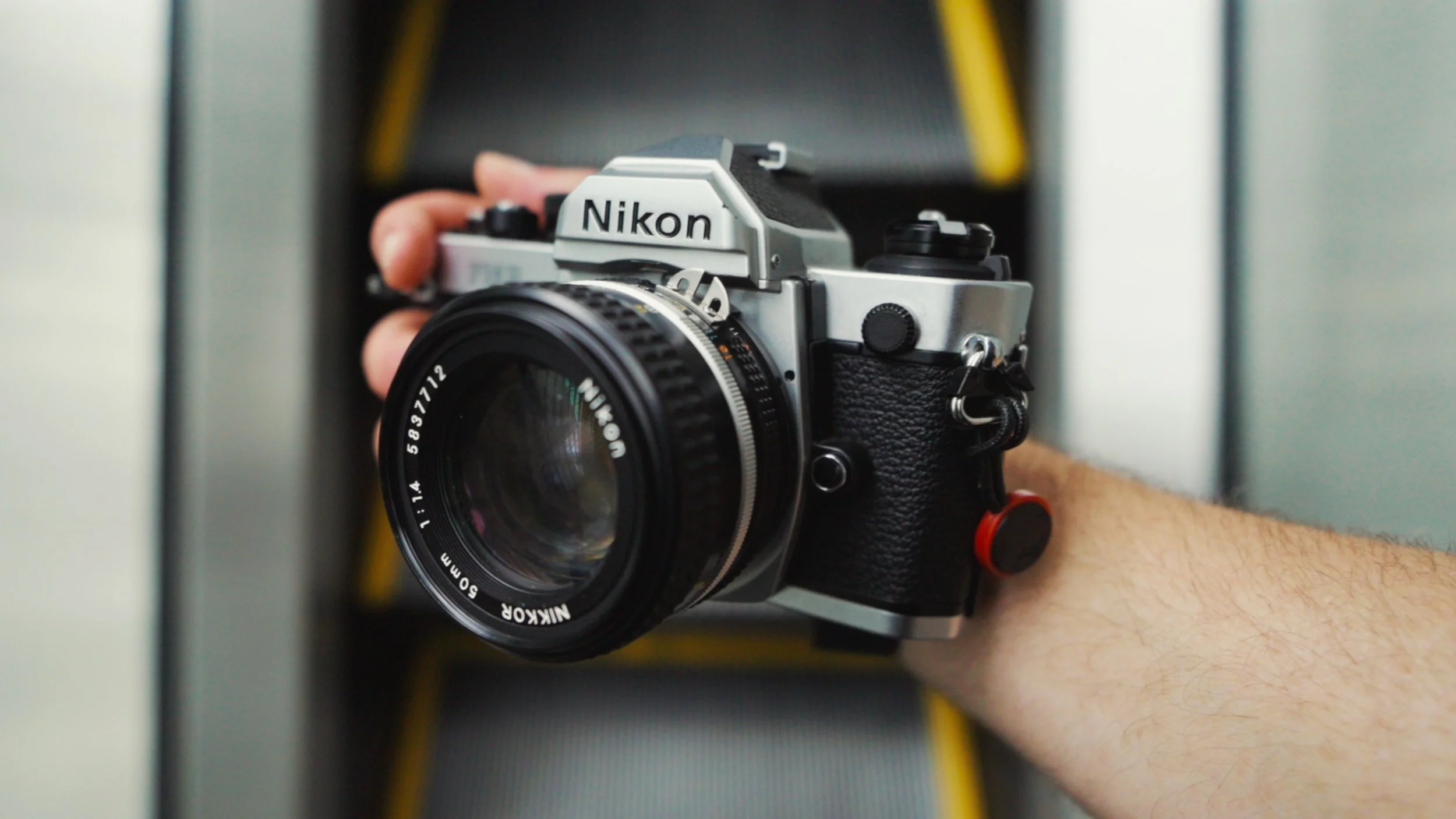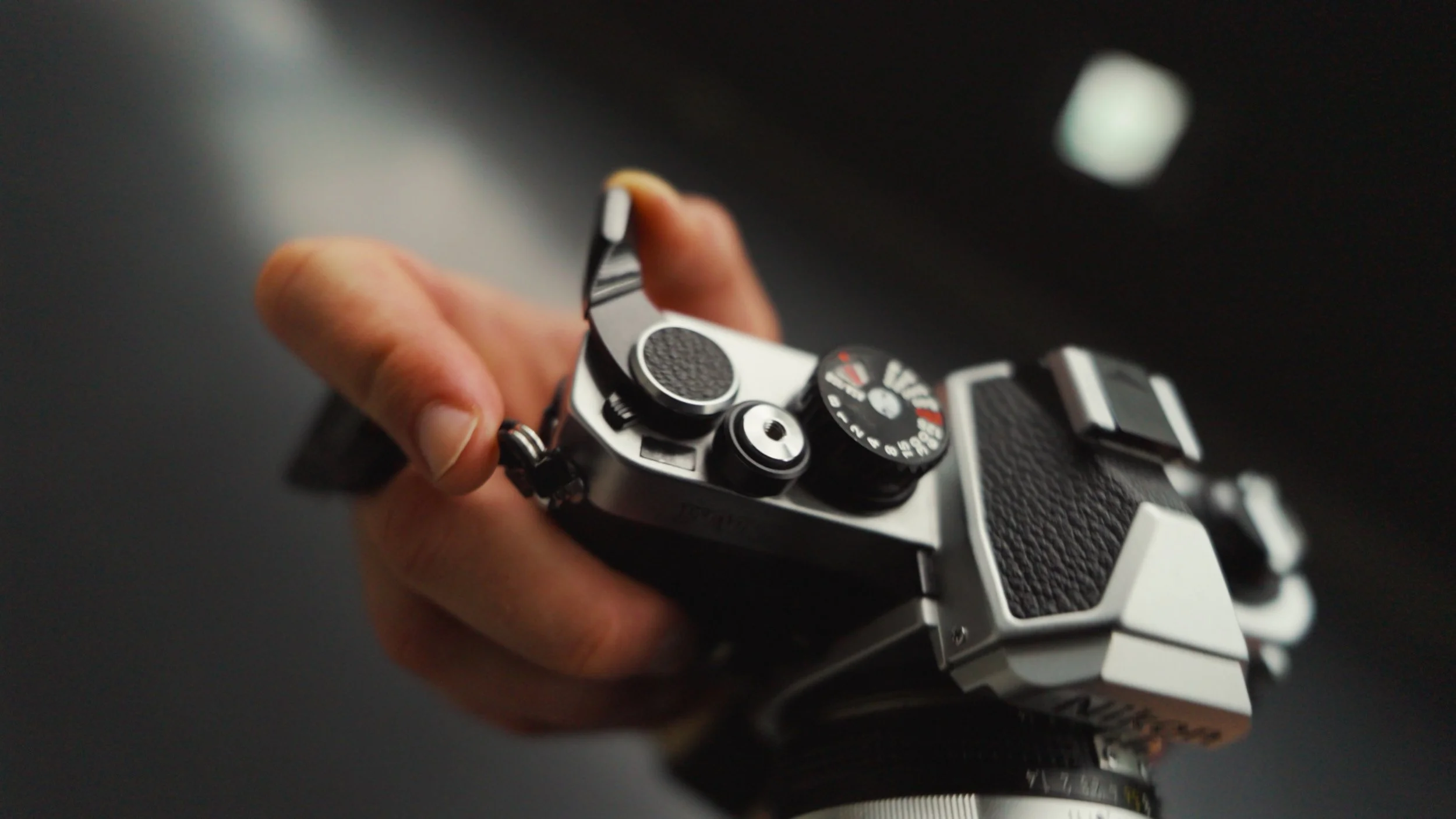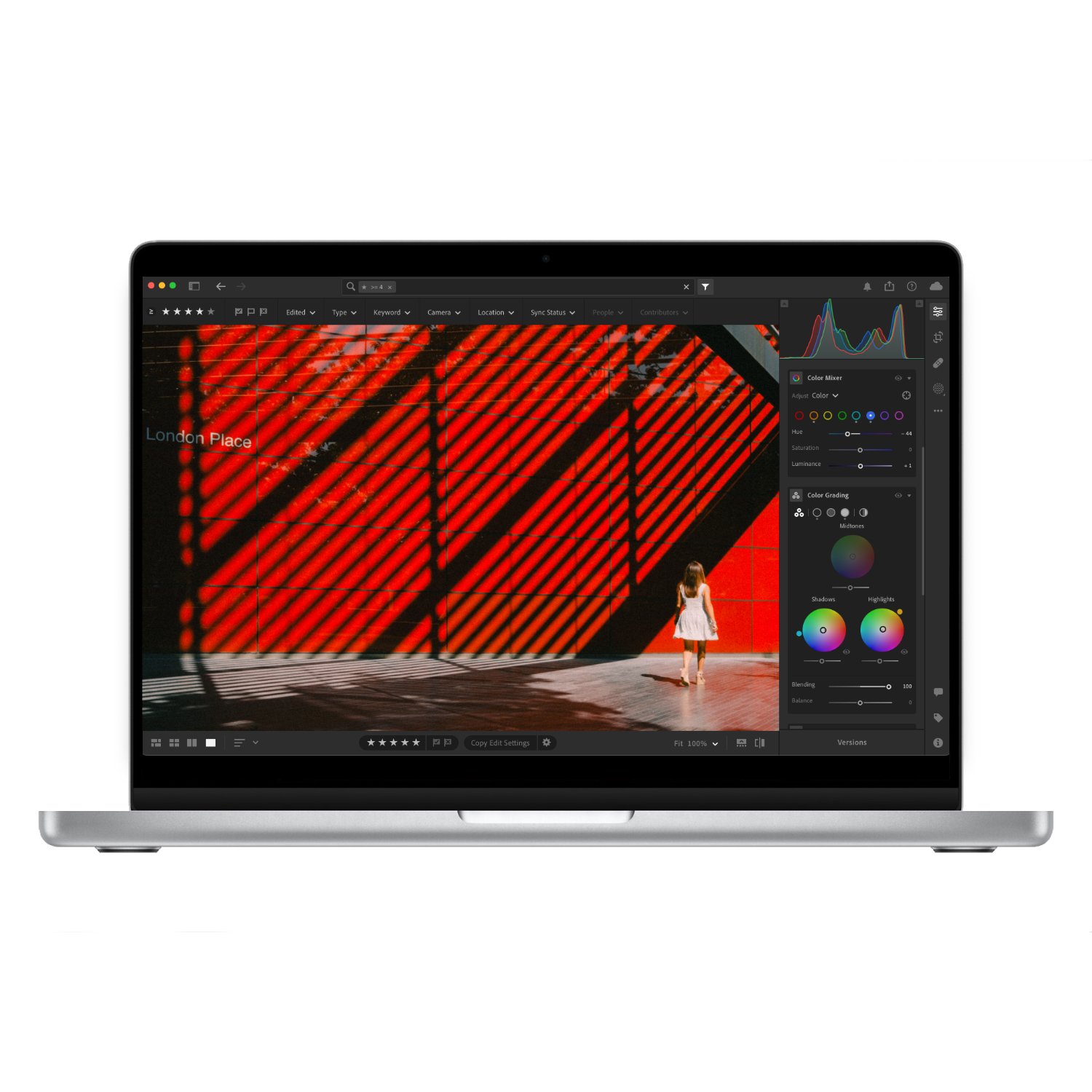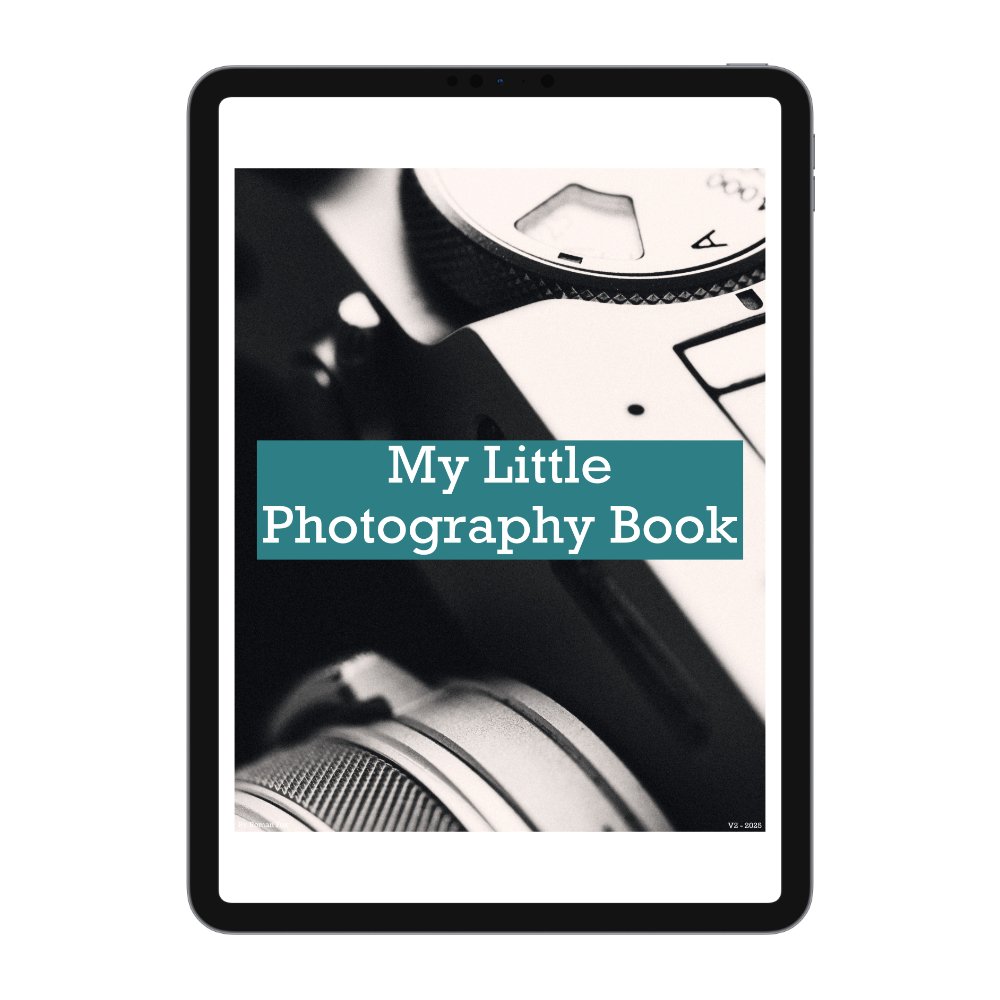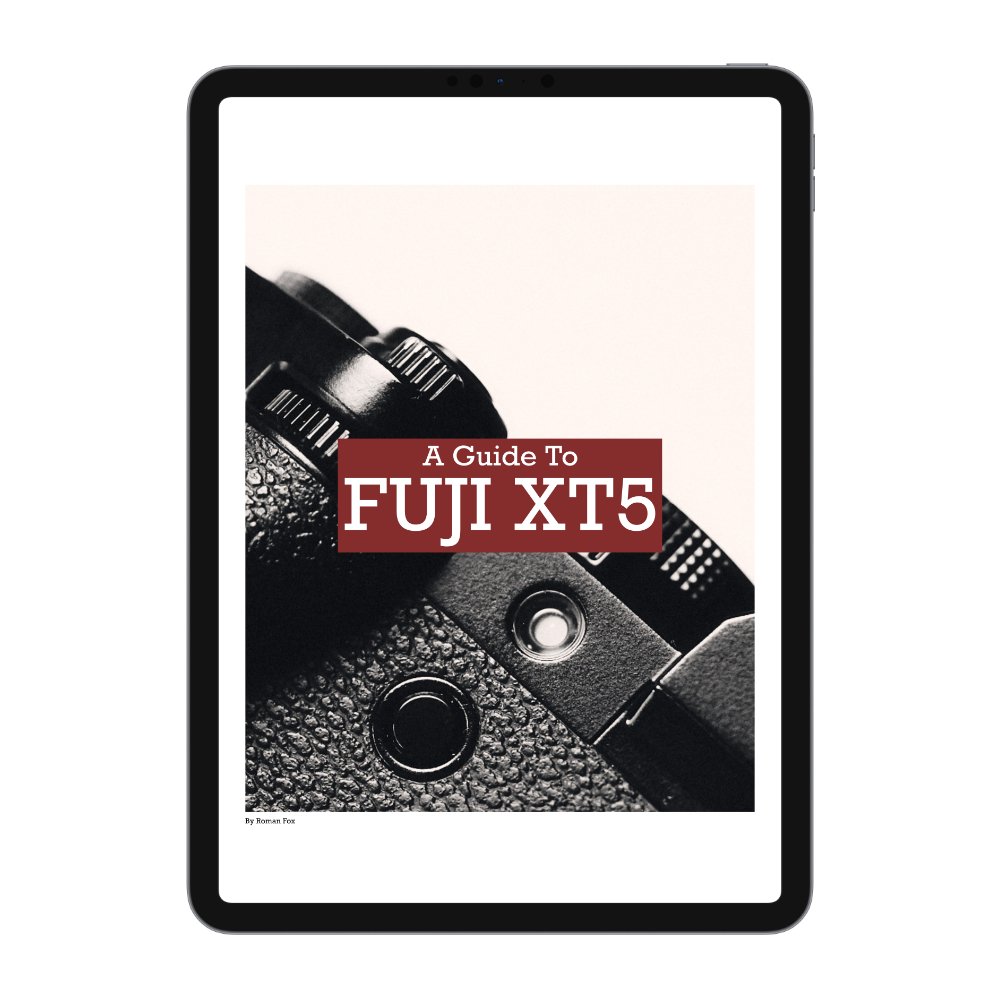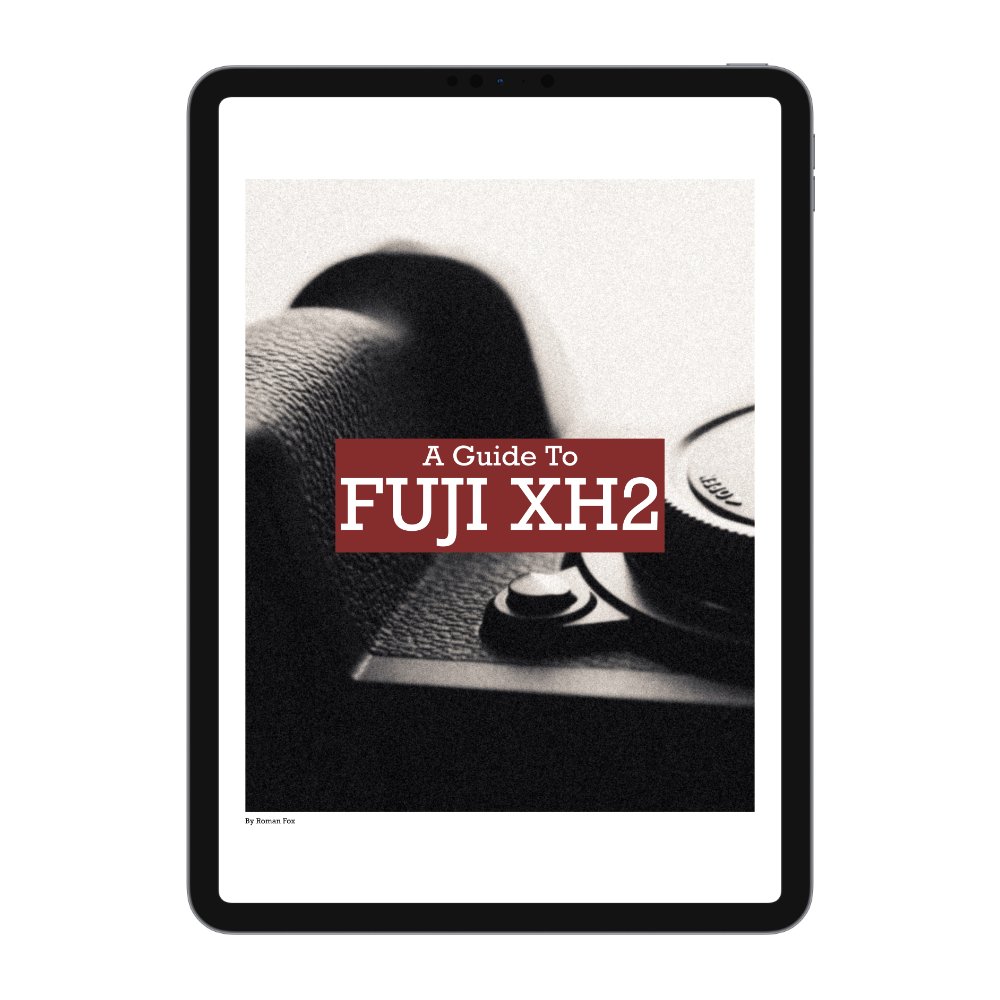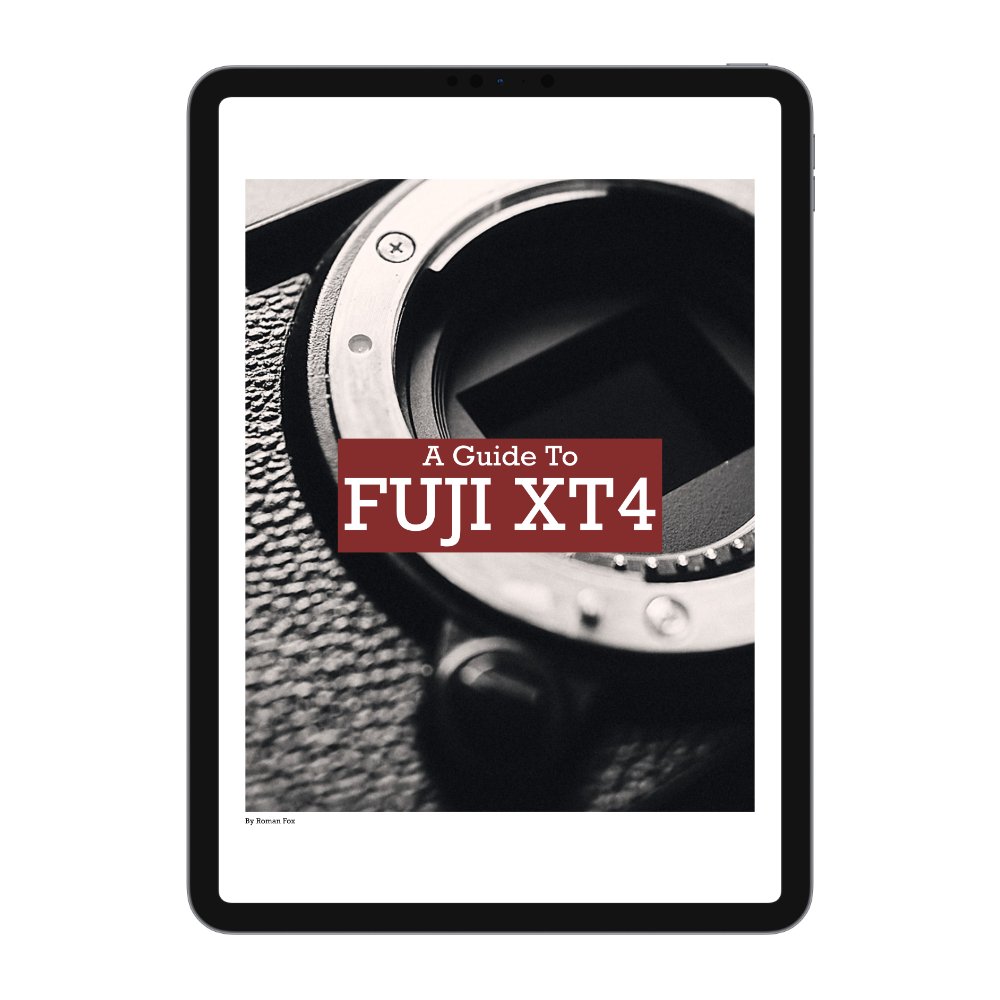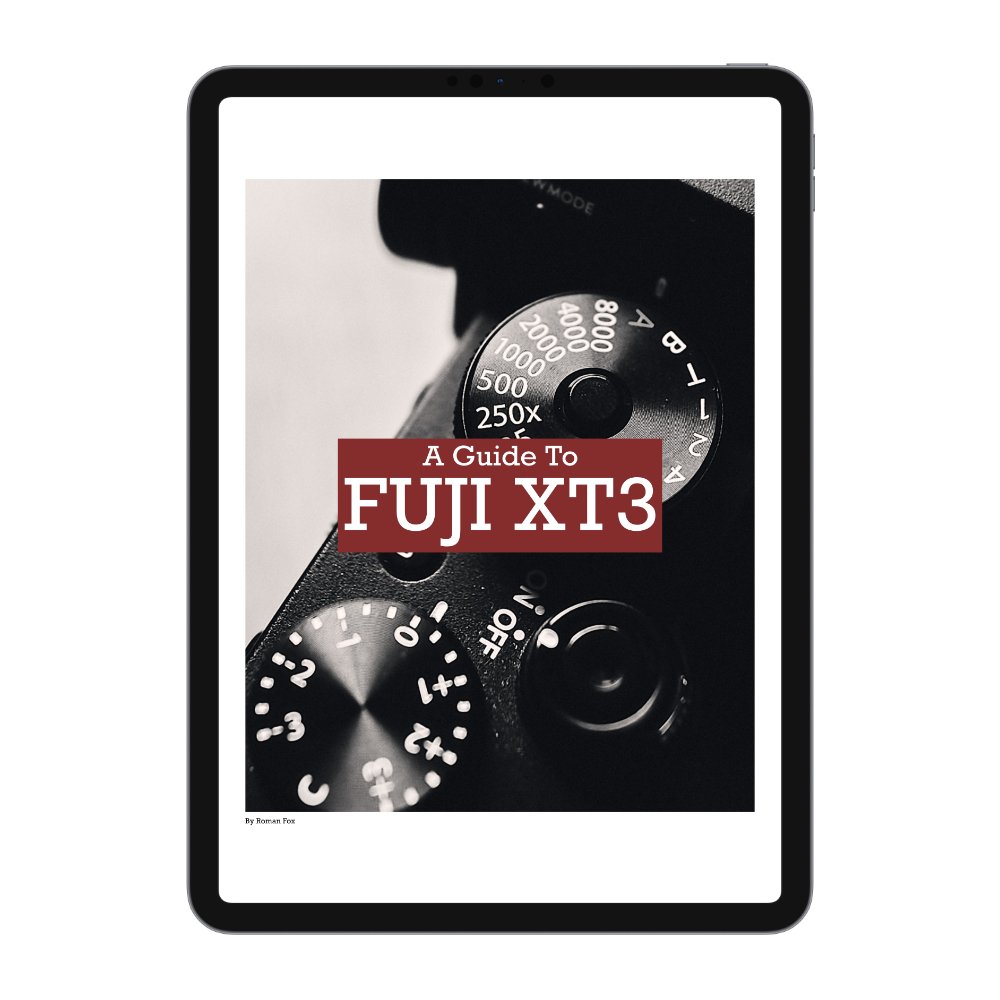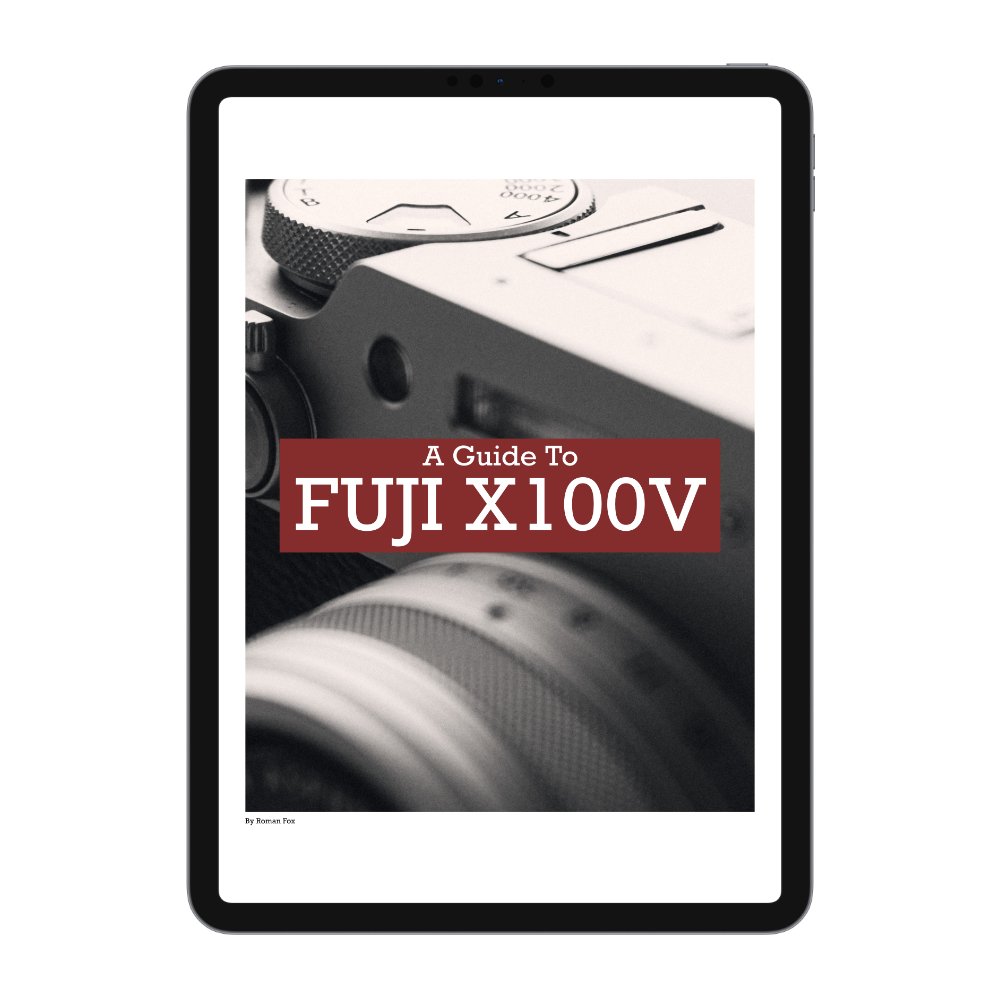Film Photography - My First Experience
Two weeks ago, my friend Joe (@joewu.foto) wanted to make a video with me where he let a complete novice use his film camera for the first time and document that process. Since I’ve never shot film, I figured it would be a good experience. In this blog, I will share my honest opinion on using film for the first time. I also made a video about it, which I have linked at the end of this blog.
The camera I used is a Nikon FM2, and the film was a Kodak 400 TMAX B&W. The reason for using that specific film was the overcast day, which lends itself better to B&W shooting in my opinion.
Let’s start with the camera, and honestly, the overall experience was straightforward and self-explanatory. The rewind lever popped out to unlock the camera. It would then be used to advance to the next frame. If it’s already been advanced, the lever would automatically. This was very helpful as I often found myself forgetting if I advanced the film or not.
Setting the exposure is a fully manual process. Luckily, you have clearly marked dials that let you control the shutter speed, aperture, and ISO. Furthermore, there is a built-in light meter which tells you if you’re over, under, or properly exposed.
The manual focusing experience was also very straightforward. Simply look through the viewfinder and align the vertical lines. I must say that it was much easier to focus if I had clear elements in the scene that I could align. Focusing on a building with straight lines was much easier than a tree.
Initially, I set the shutter speed to 1/250th because I was using a 50mm lens and wanted to ensure there was no motion in the shots. For photos where I wanted to have some motion blur, I dropped the shutter speed to 1/30th and then held my video ND filter in front of the lens to ensure correct exposure. I did find that film reacted much better to overexposure than digital. The ISO was set to 400 (to match the film), and the aperture was set to whatever it needed to be to get a properly exposed photo. By properly exposed, I mean between 0 and +1 exposure.
Was the process difficult? The short answer is no. I didn’t find the process any more difficult or challenging than digital. The most difficult aspect was the manual focusing and manual exposure; however, this isn’t a film-specific thing. I did find myself forgetting to advance the film between shots, which resulted in some missed opportunities. Of course, trying to time shots was also more of a challenge.
Was the process enjoyable? For me, shooting film was enjoyable from a novelty perspective, but not so much from a results-driven approach. While it was fun to wind the lever after each shot and feel that purely mechanical shutter, it was akin to driving a classic car. Fun for a short time on a sunny day, horrible on a 15-hour cross-European drive in the winter. If my primary goal was to get good photos, I would not use film. Lastly, while it was fun, I can’t say it was more fun than digital.
Did my shooting style change? Of course. I slowed down and became more deliberate with each shot. This doesn’t mean I didn’t fire off a few frames when the right moment came up; instead, I was more deliberate with what I would shoot. This isn’t a surprise given how expensive film is and how long it will take to develop. Other than that, I didn’t notice any changes in my process.
Is there anything I really didn’t like about it? The first thing is the lack of seeing the shot and leaving some of your photography up to chance. Of course, the more experienced you are, the higher the chance that all your photos will come out as you expect. However, not knowing if I got the shot or not was annoying. The second thing I didn’t like is the lack of a screen. I am used to composing using the screen and now being forced to use a viewfinder or gamble with the shot (at unusual angles) wasn’t something I enjoyed. Finally, I hated the whole process of having to carry film, relying on others to develop it, spending a lot of money, waiting, and so on.
Is there anything I loved about it? I enjoyed the pure mechanical process of shooting. It was a nice experience, but I can’t say it was game-changing or something that would make me consider shooting film in a more serious capacity. It was also a bit of a buzz waiting to get the scans back to see what I got. Some photographers I’ve spoken to shared that feeling of excitement when their scans come in. Lastly, I enjoyed the fact that the camera and the type of look you will get are two different things. By that, I mean that you’re not forced to use a specific style of camera for the “colour science”. You can choose the film and camera body independently of each other. This also lends to longevity. Most of these film cameras are older than me, yet with the right maintenance, are still going strong.
Did the photos look good? I shot black and white, so naturally I can’t comment on the film look in terms of colour. For that, I will do another day where I shoot a colour roll and see what happens. I can’t say the photos were anything special and something I can’t achieve on digital. Yes, they had a textured, grainy film look, but it’s something I can fairly easily replicate on digital. It was interesting to see how much dynamic range the files had. While of course not being anywhere near digital RAW levels, it was enough to get the image to where I wanted it to be.
Did I edit? Yes, I edited all the photos because I like editing and I am never satisfied with straight-out-of-camera results.
Would I shoot film again? I will give colour film a go; however, it’s very low down in my priority list. For sure, I won’t be buying any film cameras or considering getting into it.
What did shooting film teach me? That nothing out there is as game-changing as a small vocal group of die-hard enthusiasts paints it to be. Be it film, Leica, Fuji JPEGs, etc.
Do I think film is a gimmick? No; however, I also don’t think it’s some higher tier of photography. Just like classic cars are not better than modern ones or vinyl isn’t better than MP3. There will always be a market for nostalgia and vintage, and while many people would love nothing more than to cruise in their 1960s classic with a Leica M6 round their neck, and a 1980s Rolex on their wrist, I would much rather be in a brand-new modern car with my Apple Watch, and a Leica Q3 or Sony A7R.

